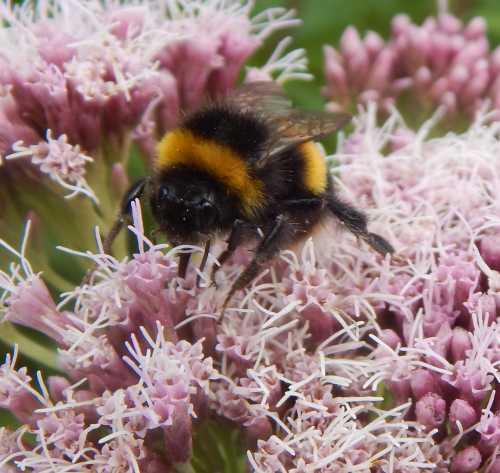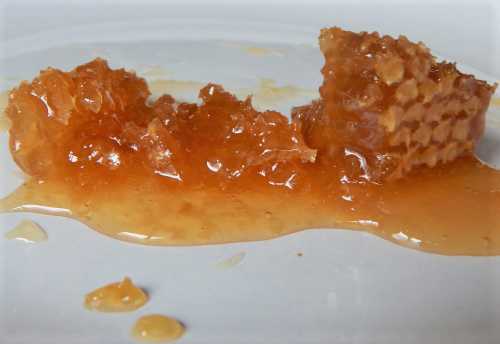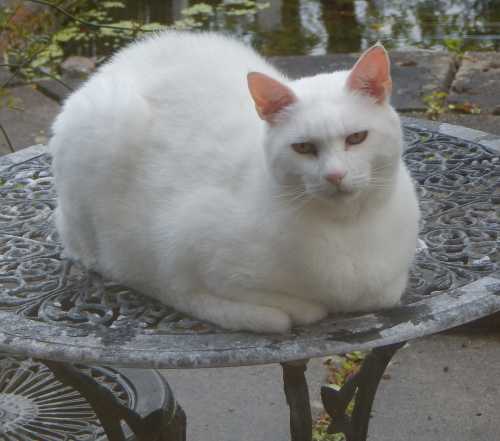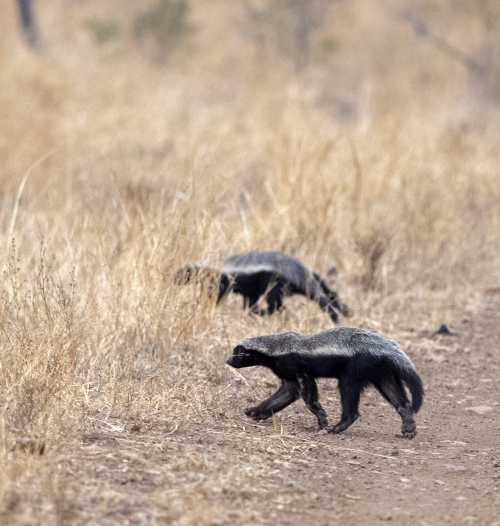Do Wasps Make Honey?
Question:
Hi,
I see that wasp nests have what looks like honeycomb. Do wasps make honey?
- from Gillian, USA
The short answer is:
Most wasp species do not make honey, however, there are 'honey wasps' from the genera Brachygastra1 and Polybia9, which store nectar and honeydew as a means to help their colonies survive during challenging foraging conditions.
Such nectar stores are commonly referred to as 'honey'.
More about honey wasps below.
The Honey Wasps (Brachygastra and Polybia): The Wasps That Make Honey
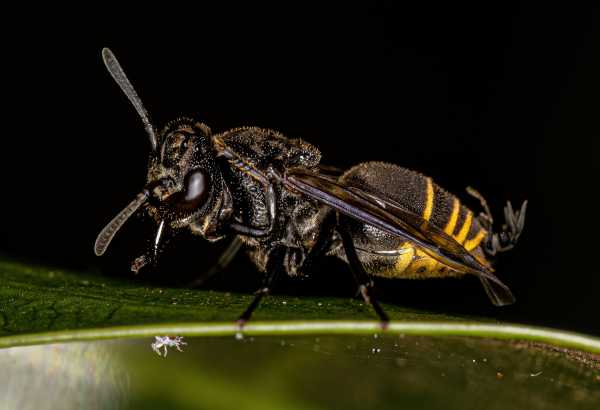 Honey wasp, Brachygastra species (probably Brachygastra lecheguana)
Honey wasp, Brachygastra species (probably Brachygastra lecheguana)Honey wasps are a group of social paper wasps found in Central and South America. These are remarkable wasps that in some of their habits and colony structures, are similar to honey bees.
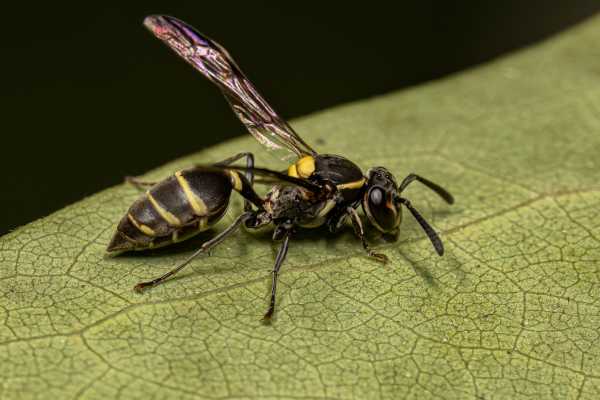 Honey wasp, Polybia occidentalis, the Yellow-banded Polybia wasp
Honey wasp, Polybia occidentalis, the Yellow-banded Polybia wasp6 Fascinating facts about honey wasps
- Honey wasps consume floral nectar from the plants they pollinate.
- Although, like honey bees, honey wasps are able to produce and store honey, the quantities made are much smaller, and depending on the flowers foraged upon, may even be toxic for humans7.
- Honey wasps live in large, social colonies, but unlike honey bee colonies, they may have several hundred queens.
- Honey wasps are recognized as important predators of many crop pests. For example, Brachygastra lecheguana are able to detect insect 'pest' larvae inside closed flower buds. The honey wasp taps the buds with her antennae until she finds a bud in which a larva is detected. The wasp will then bite into the flower bud and pull out the pest larva3.
- Like honey bees, honey wasps swarm to create new colonies in different locations.
- Honey wasps construct impressive nest structures that feature hexagonal shaped cells, much like honeycomb.
Honey Wasps vs Honey Bees
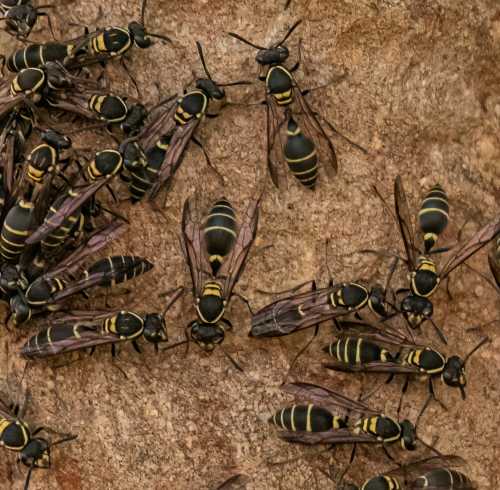 Honey pot wasps, Polybia occidentalis
Honey pot wasps, Polybia occidentalis
It's worth remembering that bees and wasps are related, and in fact, bees are a type of hairy wasps1.
Like honey bees, honey wasps live in colonies which can be quite large. For example, Brachygastra lecheguana may have colonies of as many as 15,000 wasps1 (honey bee colonies are larger, and may range from 20,000 - 50,000 bees).
The species Brachygastra mellifica was recorded to have an average colony of 7951 adult female workers, 222 males, and an average of 398 queens4. Colonies are perennial (i.e. living for several years). Interestingly, although most members of a typical colony are female workers, there may be multiple queens (making up as much as 17% of the population of colonies in some Brachygastra species2).
As with honey bees, new honey wasp colonies are established by swarming2.
According to the Schmidt Sting Pain Index, Brachygastra honey wasps score a 2 on the pain scale, which is mid-way on the scale, and is the same pain score as for the honey bee, Apis mellifera. See Bees Vs Wasp vs Hornet Stings.
Foraging habits of the honey wasp and honey stores
Honey wasps hunt for, or forage on 3 things:
- Other arthropods
Including crop-pest beetle larvae and leaf miners3 which may be eaten by adult wasps, and be fed to their own offspring at the nest. - Sweet plant excretions
Including nectar from inside the flower, but also from the extrafloral nectaries found on leaves3. Extrafloral nectar is more concentrated than flower nectar and may contain up to 12 sugar types and a variety of amino acids, proteins and vitamins as well as a few lipids3. Adult honey wasps feed on and collect sugary plant secretions. - Honeydew
Honeydew is a sweet substance secreted by true bugs, such as aphids. Again, honeydew is consumed by adult wasps in the colony.
An Argentian study10 used melissopalynogy to assess the pollen content of honey made by various species of honey wasp (Brachygastra and Polybia). They found evidence indicating that honey wasps had foraged on a range of plants, and particularly on Salvia gilliesii, Solidago chilensis, Chenopodium sp, Eucalyptus camaldulensis, Heimia salicifolia, Iodina rhombifolia, Leonorus sibiricus, Schinus fasciculatus, Trifolium repens, and Verbena species.
Is honey made by the honey wasp, really honey?
Yes, it seems so, and here's why.
1. Composition is similar to some honey varieties
Honey samples made by Brachygastra mellifica (the Mexican honey wasp) have been taken from natural nests, and analyzed5. From the analysis, it has been shown that the honey contained material from common floral sources (including sunflower and mesquite) as well as honeydew.
It was suggested that the composition of honey wasp honey was similar to honey made by honey bees5 (presumably if the honey bees were nesting and foraging in the same region as the Mexican honey wasp).
2. Longer-term food storage
'Honey' is a highly concentrated form of nectar that is stored in nests over an extended period of some months.
This highly concentrated nectar is not only a reflection of its source (floral or honeydew), it also has excellent anti-bacterial qualities, thus protecting this food resource from harmful microbes.
As with honey bee colonies, honey wasp colonies are perennial. The honey they make comprises nectar and honeydew, which are stored back at the nest for an extended period, and serve to feed the colony during times of limited food abundance.
It has been suggested that wasps have not found a way to store protein foods (i.e. in the form of other arthropods)6, and that storing nectar and honeydew serves as an alternative solution.
Do humans eat the honey made by honey wasps?
Yes, in South America, the honey is reportedly harvested and eaten by local populations, however, honey wasps may produce toxic honey if they forage on flowers with toxic nectar, such as Datura7.
Wasp honey production is unlikely to be commercially viable because the amount produced by typical wasp colony is much smaller than that produced by honey bee colonies8.
Honey wasp nests
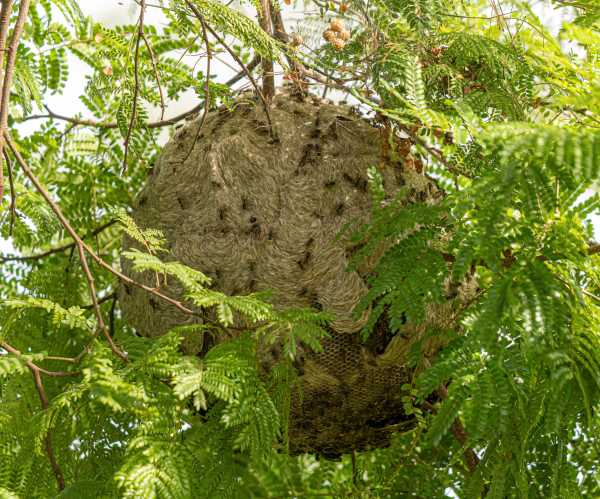 Large aerial nest of a honey post wasp species, Brachygastra
Large aerial nest of a honey post wasp species, BrachygastraLike the nests of other paper wasps, honey wasps make impressive nests comprising cells made from tiny slithers of plant matter, formed into hexagonal cells which look a little like the wax cells of honeycombs, but are greyish in color, and brittle.
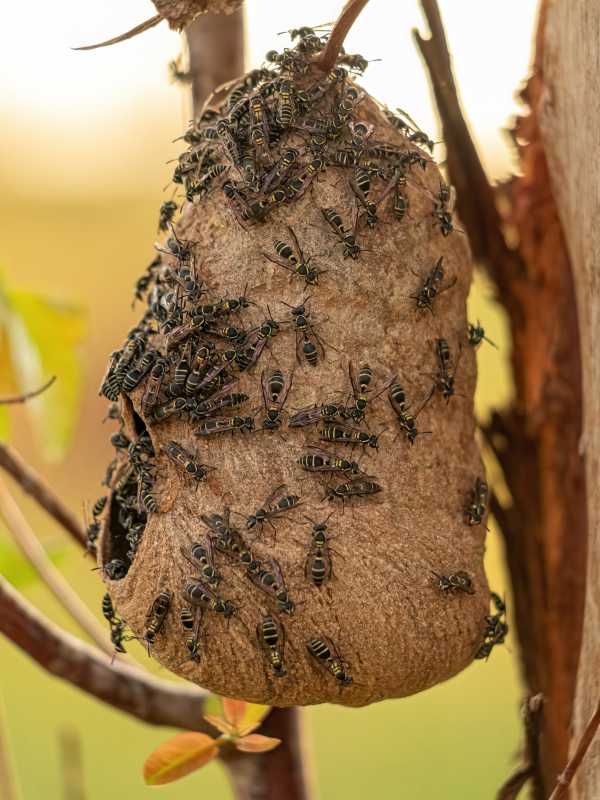 Nest of honey wasp, Polybia occidentalis.
Nest of honey wasp, Polybia occidentalis.
Comparison table of the Western honey bee and honey wasps
| Characteristic | Western honey bee (Apis mellifera) | Honey wasp species (Brachygastra) |
|---|---|---|
| Size of females (workers/queens) (head, thorax, abdomen) | 9-11mm (Falk 2016) | 5-9mm (Naumann 1968) |
| Colony size | 60,000 (or more) | Upto 15,000 |
| Usual number of queens in a colony | 1 | Several hundred |
| Wild nest habit | Cavities provided by caves or hollow tree trunks | Self-contained aerial nests in trees |
| Diet | Nectar and pollen | Nectar and arthropods |
| Establishment of new colonies | Via swarming | Via swarming |
| Ecological impact | Pollination | Pollination and 'pest' control |
| Schmidt sting pain index score | 2 | 2 |
Do hornets make honey?
I am not aware of any hornet species that make honey, but they are known to target honey bee nests for their larvae and food stores. Read more on my page: How do honey bees defend themselves against hornets?
References
1. Eaton, E. R. Wasps - The Astonishing Diversity Of A Misunderstood Insect. Princeton University Press 2021.
2. Naumann, M.G. 1968. A revision of the genus Brachygastra (Hymenoptera: Vespidae). U. Kansas Sci. Bull. 47: 929-1003.
3. Alves-Silva, E., Barônio, G.J., Torezan-Silingardi, H.M. and Del-Claro, K. (2013), Wasp predation on beetles. Entomological Science, 16: 162-169. https://doi.org/10.1111/ens.12004
4. Hastings, M. “Kin Selection, Relatedness, and Worker Control of Reproduction in a Large-Colony Epiponine Wasp, Brachygastra Mellifica.” Behavioral Ecology 9.6 (1998): 573–581. Web.
5. Sugden, Evan A., and R. Lowrey McAllen. “Observations on Foraging, Population and Nest Biology of the Mexican Honey Wasp, Brachygastra Mellifica (Say) in Texas [Vespidae: Polybiinae].” Journal of the Kansas Entomological Society, vol. 67, no. 2, 1994, pp. 141–55. JSTOR, http://www.jstor.org/stable/25085503.
6. Judd TM. The role of food storage and communication in the evolution of perennial social Hymenopteran colonies In Stewart FM, editor. Social insects: structure, function and behavior. New York: Nova, Hauppauge; 2011.
7. https://eol.org/pages/239781/articles
8. Brock, R.E., Cini, A. and Sumner, S. (2021), Ecosystem services provided by aculeate wasps. Biol Rev, 96: 1645-1675. https://doi.org/10.1111/brv.12719.
9. Victoria L. Fernández Corujo , M. Alicia Basilio & Beatriz G. Galati (2010) Pollen content accumulated in nests of Polybia scutellaris (Hymenoptera, Vespidae), Grana, 49:4, 308-313, DOI: 10.1080/00173134.2010.525663
10. DE BRINGAS, MARIA CRISTINA COSTA. "CONTRIBUCION AL CONOCIMIENTO DE MIELES DE AVISPAS DE LA PROVINCIA DE CORDOBA. I: AREA CENTRAL. Boletín de la Sociedad Argentina de Botánica 24.3-4 (1986): 355-361.
Did You Know?
Toxic Honey Was Used In Ancient Warfare!
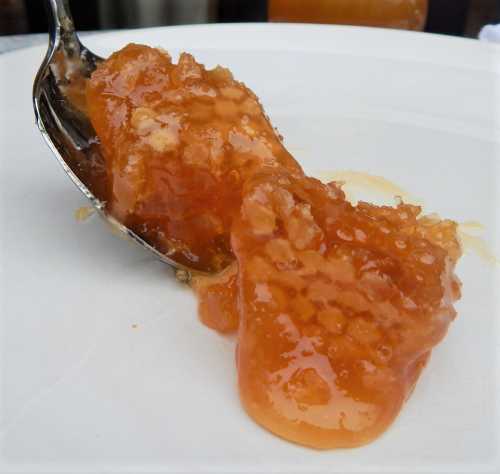
Ever wondered......
Do bumble bees make honey?
